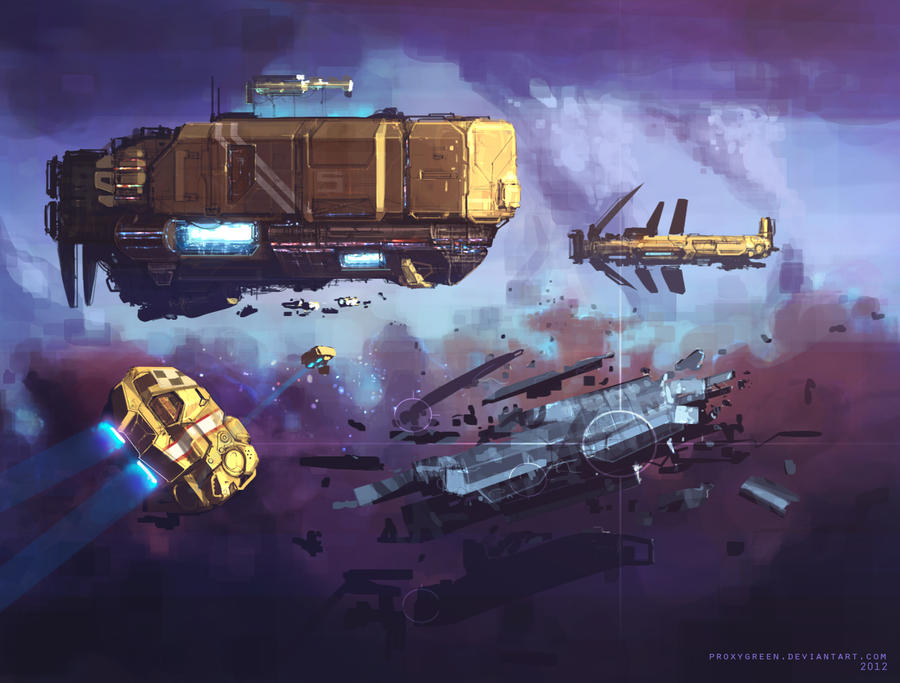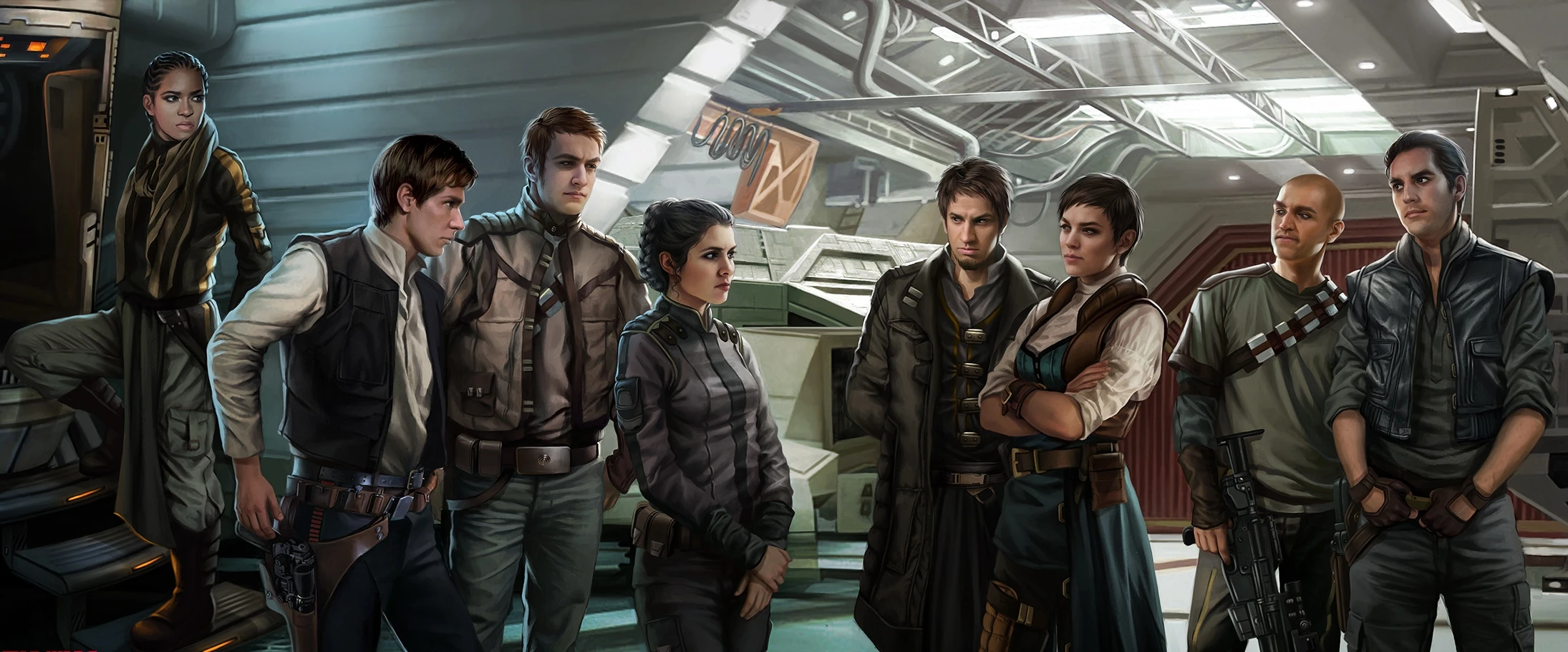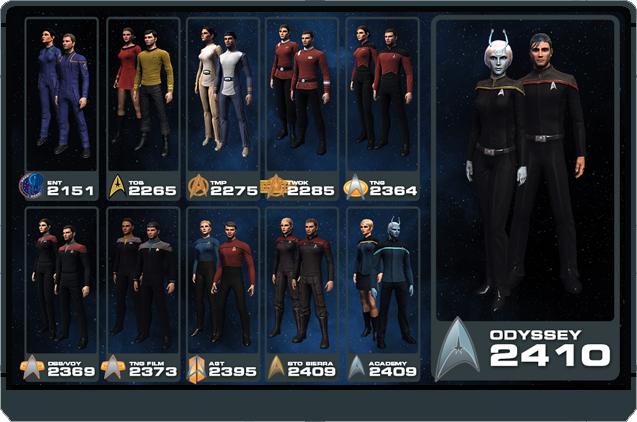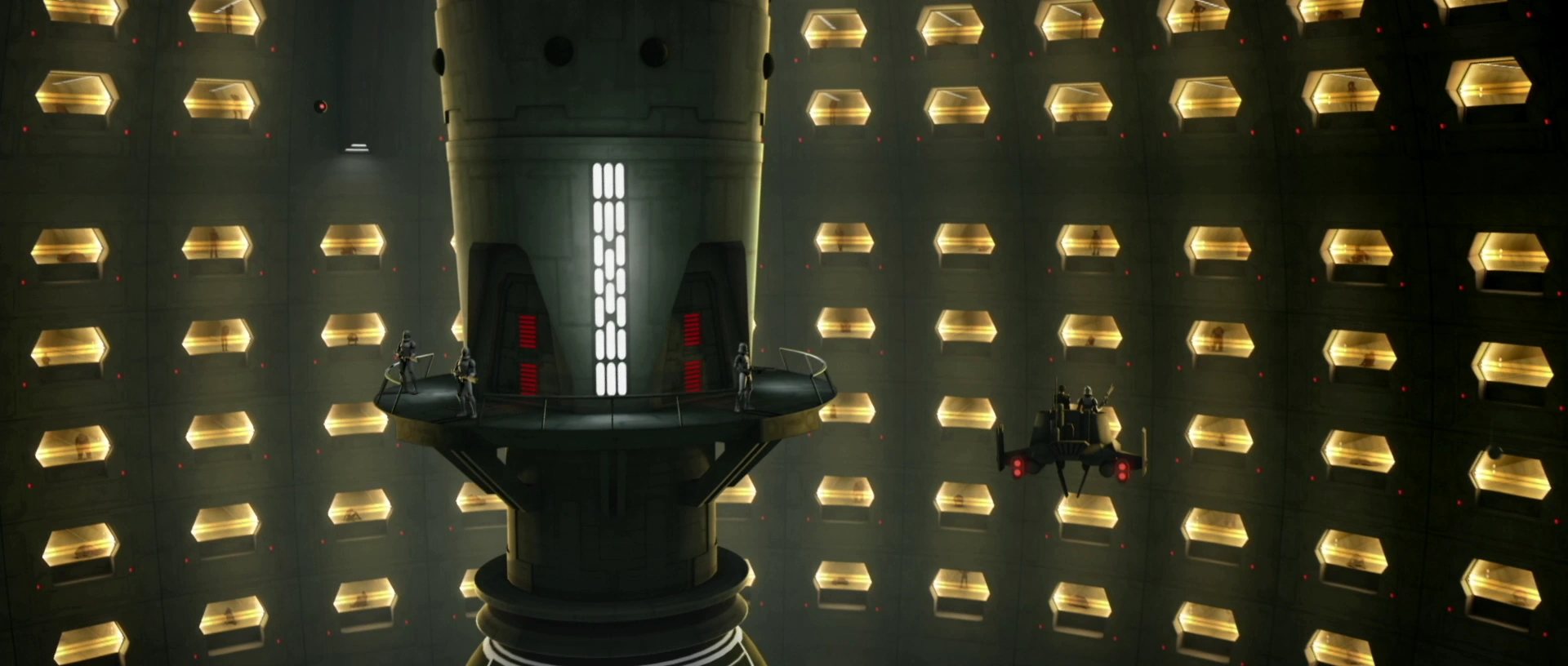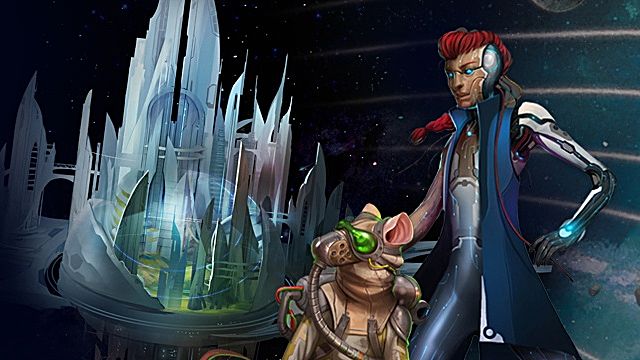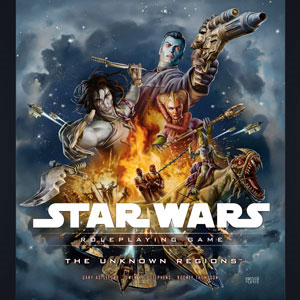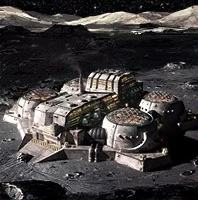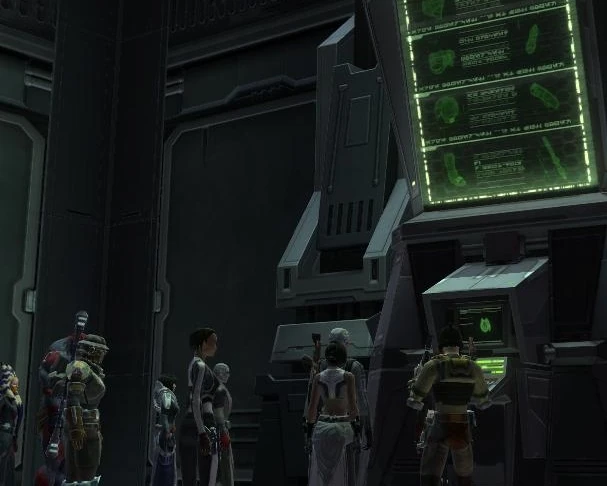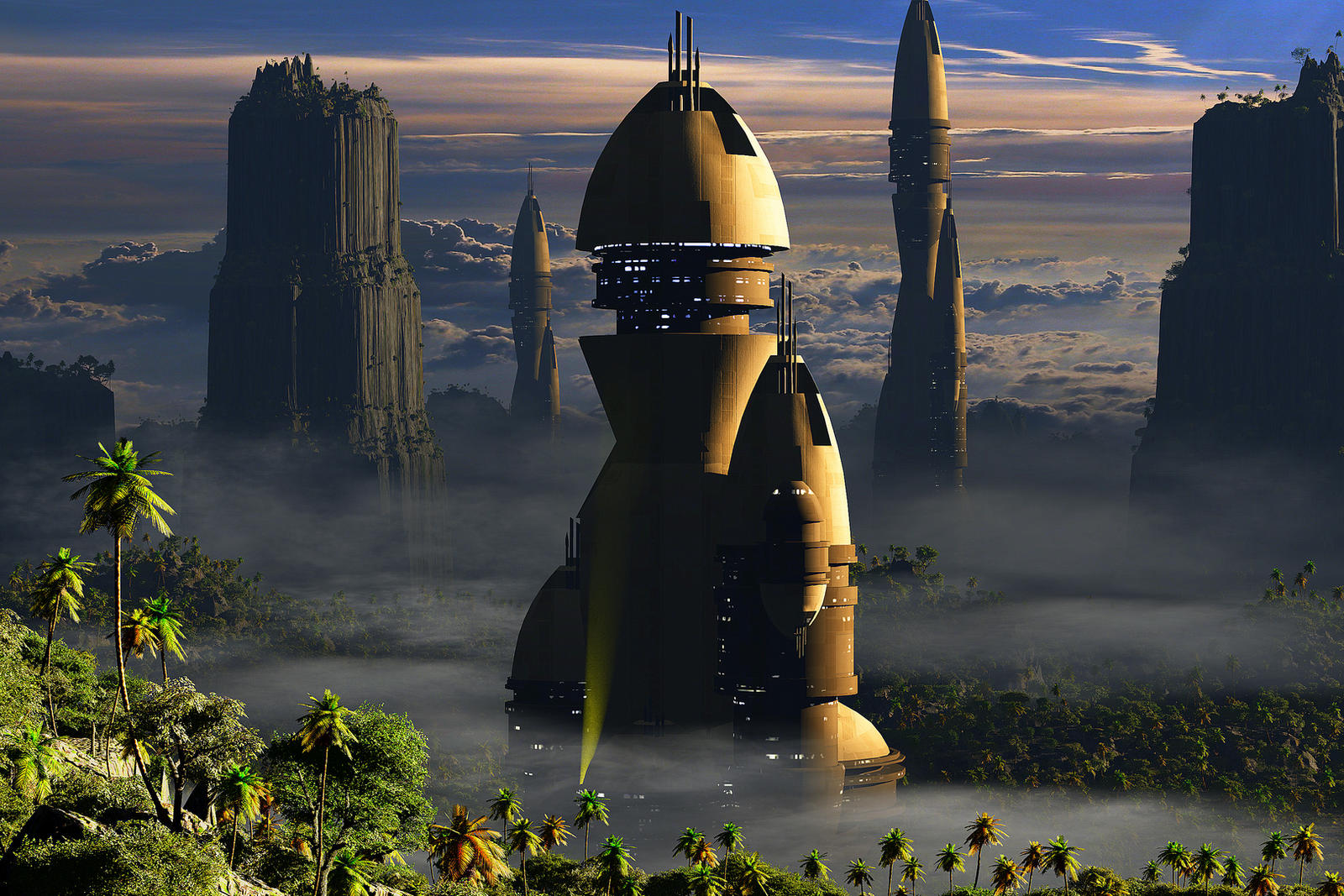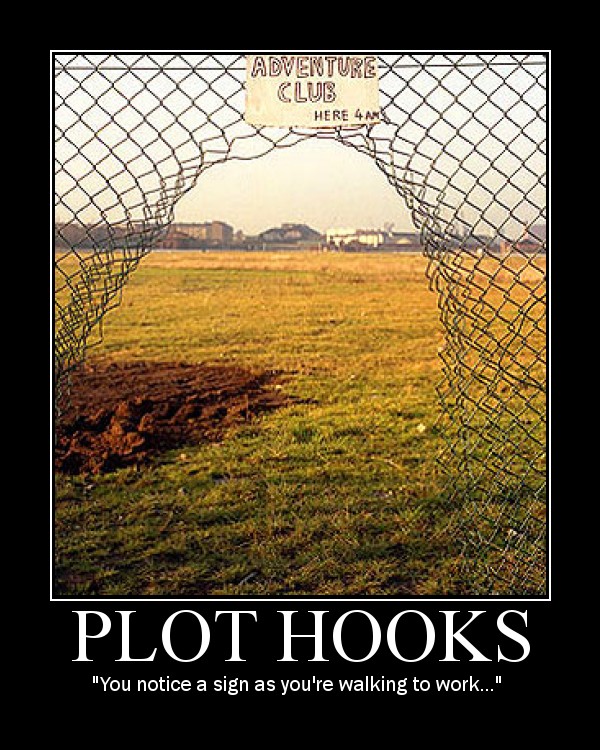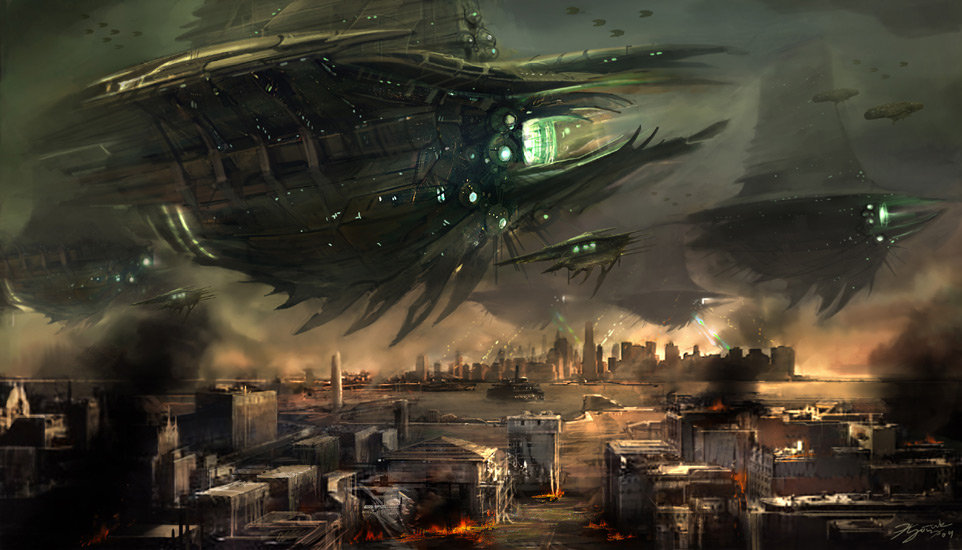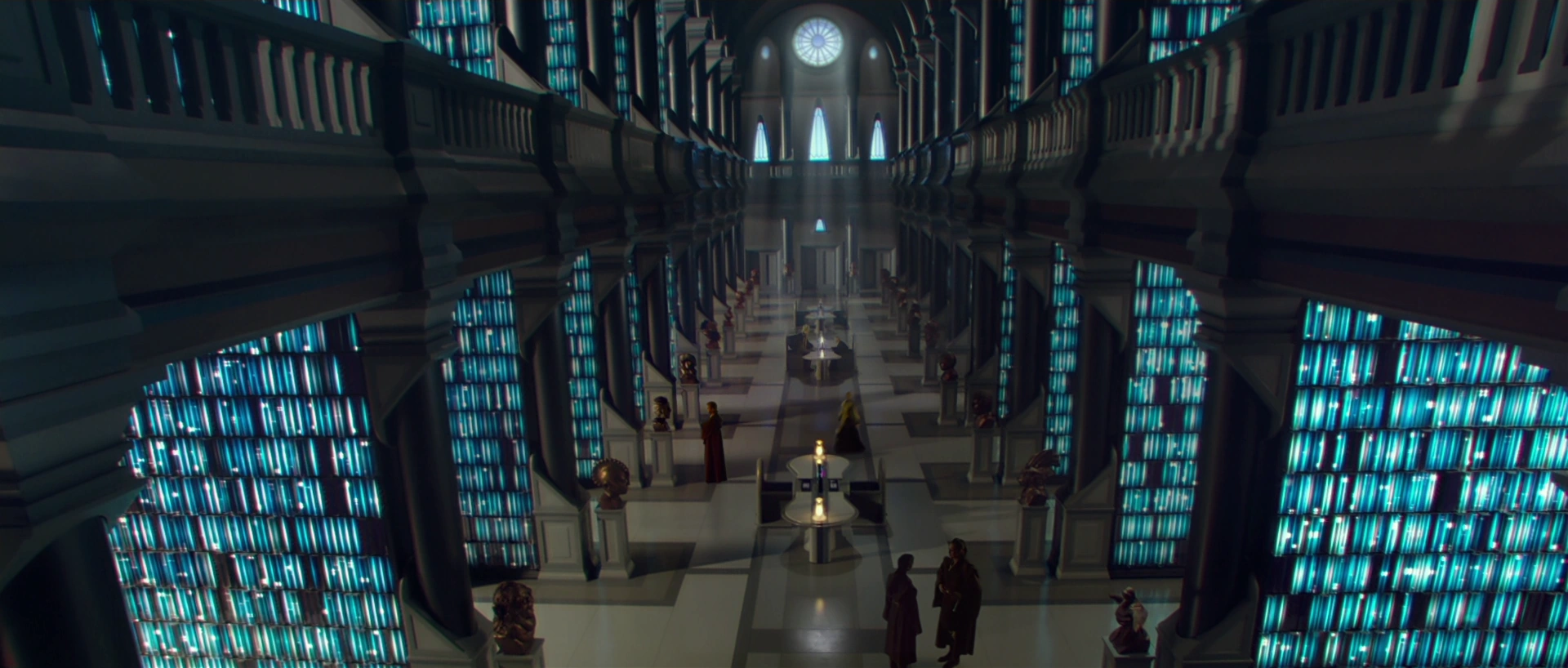I have a feeling that today is going to be a lot of "busy work"; a day where I'm sort of spit-balling stuff on the fly and seeing what sticks. Let's see if Bryant agrees...
...yup. I was right....
Spend fifteen minutes or so sketching out some of the animals and plants your characters might encounter in your world.
If you want to add a little fun, toss around some plot hook ideas while
you're at it-- an unfortunate bite from a poisonous beetle can really
throw a wrench in the Hero's Quest, and an unruly beast of burden might
give some comic relief to your story-line.
I'm going to go all out here and talk about The Garden as a whole, instead of one particular planet. I'm also probably not going to answer all her points, just the ones that interest me.
Flora
What plants are especially helpful to your society? Hemp and flax,
for instance, are plants that provide important sources of non-animal
fibers for making clothes, rope, and other materials. Are there similar
crucial plants in your own world?

One of the planets in the Union has a flowering plant called the
kura, the plant has a variety of applications from medicinal properties (the petals can be ground up into a coagulant), the pollen is an antihistamine (go figure!), and the stem of the plant is stringy and coarse; useful for a variety of cords and cloth.
What are your peoples' main crops? This will vary by region, but will
likely be some type of grain or starch vegetable. Not only do humans
need a certain amount of carbs to survive, but many work animals
(horses, mules, oxen) thrive on grain rather than raw vegetable matter.
It's personally a family tradition, but I'm going to go with the potato. In The Garden, there will be many varieties; one for each planet. One planet might have large Idaho-like ones, another will grow red potatoes. Probably a blue potato somewhere too.
High Grain is also a valuable crop, one that will be fed upon by many livestock across the Garden.
What are considered delicacies? Just as strawberries are a real treat to
some regions, and oranges were once a traditional and very coveted
Christmas gift, sweet fruits and hard-to-grow crops can be very valuable
to your people.
Cunasa; a purple fist-sized fruit that is shaped like a pear but segmented like an orange. It grows on only one planet in the equatorial region, but there are a lot of plantations that grow them for The Garden.
What fruits and vegetables can be turned into liquor or other drugs and
medicines? Did you know that grapes contain enough yeast on the surface
of their skins to ferment naturally? It doesn't make very good wine, but
it will make wine, if left alone long enough. Aspirin is derived from
willow trees, and sassafras tea has a calming effect. Humans have been
turning plants into booze and drugs since the Neolithic Revolution. What
do your people use to kill pain, put patients to sleep, become
intoxicated, or get high?
I'm lot looking to reinvent the wheel here, so there will be barley, hops, and grapes in The Garden so there will also be beer and wine. Potatoes mean vodka, or at the very least some sort of potato-based alcohol. I'm sure Cunasa-infused alcohol will be especially tasty and top-shelf in bars across the nebula.
There will be a poppy-like plant that will produce an opium high that will be a problem in the Garden, as well as several smoke-able plants to cover tobacco, clove, and marijuana equivalents.
 What plants are dangerous? Hand-in-hand with the drugs and medicines
question comes the poisonous and predatory plant question. Poisonous
plants are plants with a passive defense-- they do not necessarily kill
creatures because they need to, but rather because they are protecting
their own biological imperative. Also, many plants are poisonous to one
species, but fine for another; onions (a blood thinner) are fine for
humans but can kill a small dog. In addition to passive defenses, there
are some plants that are "predatory." They lure animals (usually
insects) to them and kill them, with the eventual goal of composting the
dead bodies into plant nutrients. On Earth, most predatory plants are
in swamps, where soil nutrients are poor and airborne insects are
plentiful. Do you have predatory plants on your world? Where are they,
and do they only prey upon small insects, or do they pose a possible
hazard to people as well?
What plants are dangerous? Hand-in-hand with the drugs and medicines
question comes the poisonous and predatory plant question. Poisonous
plants are plants with a passive defense-- they do not necessarily kill
creatures because they need to, but rather because they are protecting
their own biological imperative. Also, many plants are poisonous to one
species, but fine for another; onions (a blood thinner) are fine for
humans but can kill a small dog. In addition to passive defenses, there
are some plants that are "predatory." They lure animals (usually
insects) to them and kill them, with the eventual goal of composting the
dead bodies into plant nutrients. On Earth, most predatory plants are
in swamps, where soil nutrients are poor and airborne insects are
plentiful. Do you have predatory plants on your world? Where are they,
and do they only prey upon small insects, or do they pose a possible
hazard to people as well?
Since I'm going to be drawing a lot from the D&D Monster Manual, I've got all sorts of plants that are dangerous. I could be devious and have a plant that is very similar to the kura that is highly poisonous.
I also really want to have some plants that are dangerous to humans; not evil, just big, mean, and full of sharp thorns that will kill a man. They will look like normal, benign plants until something with blood is near then "WHAP", it's got you.
Fauna
What animals are especially helpful to your world? In addition to
domestication species, you may find that one species of animal is
actually very helpful to your people, perhaps by preying on some other
creature that is a nuisance or hazard to people. Even if domesticated,
felines could be used in a per-technological society to control a rat
population that might otherwise spread disease.

There's going to be a big lizard beast of burden; the bronta. It will come in various sizes based on the planet, but in all cases it is a large beast with a long neck and tail. It's used for food, leather, beasts of burden, and even warfare on some worlds.
...what? Stop looking at me like that. Just because I want to have my own version of
Dino-Riders in this game doesn't mean you get to judge me...
On a similar vein, what animals have your people domesticated? Humans on
Earth have domesticated a large variety of herd animals (horses, cows,
sheep, goats, donkeys, llamas), several species of birds, and a few
predatory animals (dogs and cats in particular). For the most part, we
use the herd animals for work (horses and llamas) or food (cows and
sheep), and the predatory animals for work or defense (dogs can be both
working animals, in sled dogs and hunting dogs, or defensive animals, in
herd dogs and guard dogs, while cats are largely defensive as hunters
against pest animals).
Again; tapping into the D&D Monster Manual for inspiration here. In addition to Horses of various flavors, there will also be flying animals like griffons and hippogriffs that are domesticated for a variety of uses. There are also other dinosaurs that have been domesticated for pets or work animals. I imagine a few velociraptor-like creatures that have been used as guard animals on some worlds.
Which of your fauna are used for food? Domesticated animals might be
used for food, but wild animals may also be food sources in the form of
game. In addition, if you have meat-eating domesticated animals, what do
they eat, and do your people raise food animals for their domesticated
meat-eaters?
As stated previously, bronta are a tasty animal, but there are sure to be move traditional bovines. Various deer or elk make for good meals, as do bears. And there ain't nothin' tastier than grilled wyvern, if you can get it without it killing you.
Food animals also lead into the question of delicacies and exotics. One
man's food is another man's abomination. Few Americans would ever
consider eating any meat from another primate, yet in African countries
it is not uncommon. The recent fiasco in New York City over cuy, a type
of guinea pig meat eaten in Central America, highlighted the conflicts
in different cultures' food choices.
I'm going to have to think on this one; especially because of the saying "it's only cannibalism if it's your own species"...
Finally, which animals are dangerous in your world? Which ones are
actively predatory, and would consider your people as "meat" if given
the opportunity or enough desperation? Dingos will not usually attack
humans, but will perceive small humans as a possible food source if they
are desparate (because of famine or habitation encroachment). Which
animals are not active predators, but have passive defenses that pose a
threat to your world's inhabitants? Snakes on Earth are not considered
predators for humans-- they are too small to swallow humans whole, and
therefore will not generally bother. However, they pose a threat with
their defenses because, if they feel they are threatened, they will
bite, sometimes injecting painful or even lethal venom into their
victims. Steve Irwin has made a living handling these kinds of animals
because he knows how to approach them without inciting their passive
defenses.
Back to the Monster Manual here; Tyrannosaurs and other predatory dinos, but also manticores, wyverns, and the other classic bestial threats.
I wonder what other creatures I can fit in as a tounge-in-cheek threat...
I think that will do for today. Tomorrow we're back to Geography, and more literal world building.





